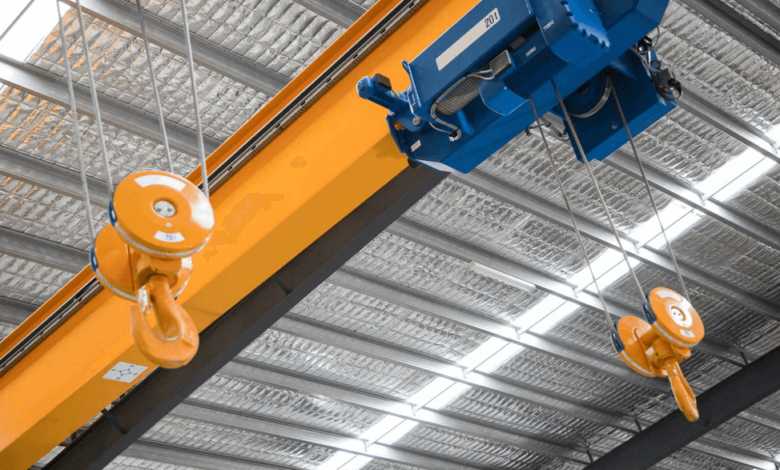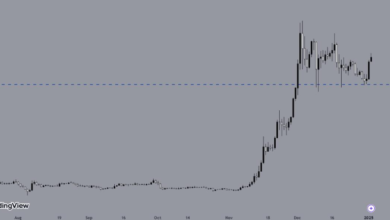Understanding Construction Hoist Parts: A Deep Dive into Components, Functions, and Innovations

Whether constructing towering skyscrapers, large commercial complexes, or multi-story residential buildings, one machine plays a vital role in keeping operations smooth and timelines on track — the construction hoist. While the hoist itself is a significant investment, understanding the construction hoist parts that make it function is equally important for both operators and project managers.
This in-depth guide explores the critical parts of construction hoists, their individual functions, types, maintenance, and the latest innovations that are shaping their development. Whether you’re involved in equipment procurement, engineering, or daily operation, gaining insight into hoist components can help enhance safety, reduce downtime, and improve project efficiency.
What Is a Construction Hoist?
A construction hoist, also known as a man-lift or material hoist, is a temporary elevator used on construction sites to vertically transport workers, building materials, tools, and sometimes light equipment. These machines are commonly mounted to the side of a structure and can rise in tandem with the building’s height.
Unlike permanent elevators, construction hoists are designed to withstand extreme environmental conditions and accommodate variable loads throughout the construction phase.
See also: The Essentials of Bookkeeping for Small Businesses 6014990935
Why Understanding Construction Hoist Parts Matters
Knowing the individual construction hoist parts can provide several operational advantages:
- Better Maintenance Scheduling
- Efficient Troubleshooting
- Safer Operations
- Optimized Performance
- Informed Equipment Selection
When a hoist malfunctions, it’s often one component — not the entire system — that needs attention.
Major Construction Hoist Parts and Their Functions
1. Cage or Cabin
Function: The cage (also known as the cabin or car) is the space where passengers or materials are loaded for transportation.
Features:
- Enclosed steel frame with mesh or sheet walls
- Sliding or swing gates
- Anti-slip flooring
- Internal controls for operator safety
The design of the cage differs depending on whether the hoist is intended for personnel, materials, or both. Some hoists come with twin cages to improve vertical transportation speed.
2. Mast or Tower Sections
Function: These are the vertical structures (made of steel sections) on which the cage ascends and descends.
Features:
- Modular and extendable
- Anchored to the building at intervals
- Precision-engineered for stability
The mast provides the track along which the hoist cage travels. Its rigidity and secure anchoring are essential for safe lifting operations.
3. Rack and Pinion Drive System
Components:
- Rack: A fixed vertical gear strip attached to the mast
- Pinion: A rotating gear driven by a motor inside the cage
- Motor and Gearbox: Convert electrical energy into mechanical motion
The rack and pinion system is preferred in modern hoists due to its precision, safety, and ability to carry heavy loads over long vertical distances.
4. Base Frame or Chassis
Function: This is the structural base that supports the entire hoist system.
Features:
- Heavy-duty steel frame
- Adjustable legs for leveling
- Mounts for mast anchoring and power systems
A well-leveled and secured base ensures the verticality and integrity of the mast system, directly affecting hoist performance and safety.
Landing Gates and Platforms
Function: Provide secure access to the cage at each building floor.
Features:
- Manual or automatic gates
- Safety rails and anti-slip surfaces
- Interlock systems
They are typically designed to match the cage entry point and are synchronized to avoid movement when gates are open.
Power Supply Unit
Function: Supplies consistent electrical power to the drive and control systems.
Specifications:
- Three-phase power
- Surge protectors
- Backup power integration (in some models)
An unstable power supply can damage sensitive hoist parts and pose safety risks.
Optional and Advanced Construction Hoist Parts
Depending on the sophistication of the model, hoists may include additional components such as:
- Remote Monitoring Systems
- GPS and Load Tracking Devices
- Wind Speed Monitors
- Camera Surveillance Systems
- Automatic Greasing Units
These innovations enhance monitoring, predictive maintenance, and safety compliance.
Regular Maintenance of Construction Hoist Parts
Routine maintenance is vital to extend the lifespan of hoist components and prevent unexpected failures. Key tasks include:
- Weekly Tasks: Test emergency stop systems, inspect gearboxes, lubricate moving parts.
- Monthly Checks: Load testing, checking electrical wiring, reviewing brake wear.
- Annual Overhaul: Dismantling key components for deep inspection and part replacements.
Failing to maintain even a single component, like a worn pinion gear or faulty brake switch, can lead to serious accidents or costly downtime.
Tips for Choosing Quality Construction Hoist Parts
- Select OEM (Original Equipment Manufacturer) Parts: Always go for parts recommended by the hoist manufacturer.
- Check Compatibility: Ensure the parts match the model and load capacity of your hoist.
- Use Certified Suppliers: Look for suppliers that meet ISO or CE standards.
Conclusion
Behind every efficient and safe construction hoist lies a network of highly engineered components, each playing a vital role in performance and security. From the cage and mast to the drive motor and safety sensors, construction hoist parts are the building blocks that elevate modern construction — both literally and figuratively.
Whether you’re sourcing new equipment, performing routine checks, or planning a long-term construction strategy, a clear understanding of hoist parts can be your competitive advantage. With safety regulations tightening and construction timelines shrinking, reliable and well-maintained hoist components are no longer optional—they’re essential.
As the verticality of construction continues to rise, so will the need for smarter, stronger, and safer hoist systems — built on the foundation of top-quality parts.



